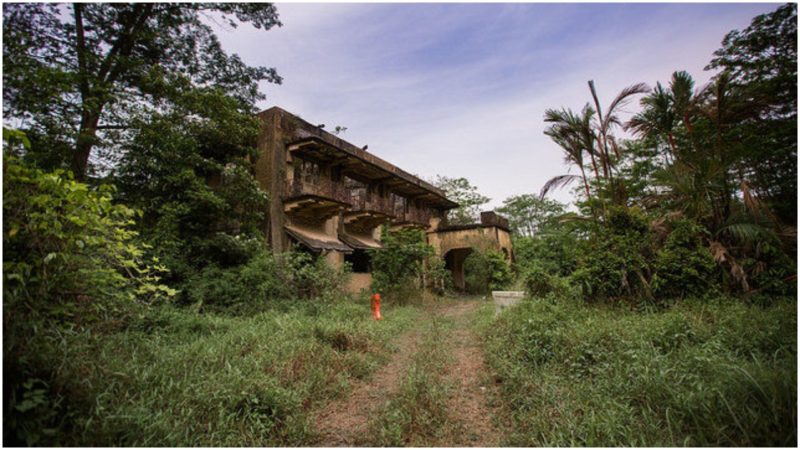The chronicle of Istana Wooden York – or Woodneuk as it became known to the general public – begins around the start of the 19th century with a man of English origin named John Dill Ross, a captain and trader. It was John that bought a piece of land that was part of Tyersall Park which stood fairly close to Singapore Botanic Gardens and here decided to build a home for himself, a home he named Woodneuk House.
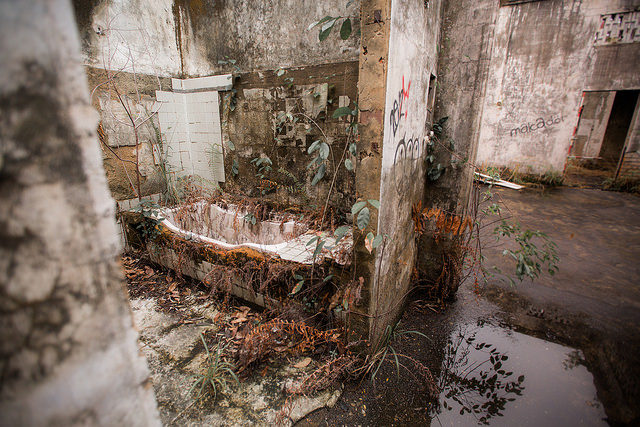
He lived there for almost six decades – his adventures are captured in a book titled Sixty Years: Life and Adventures in the Far East, by John Dill Ross, Jr. – until one day in 1857, another man came forth with an offer to buy the property.
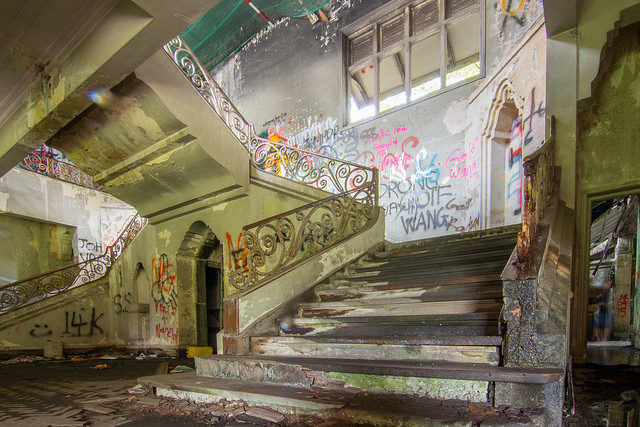
The prospective buyer was a man with a rather long name and even longer set of titles, Abu Bakar Ibni Al-Marhum Tun Temenggung Raja Daing Ibrahim, the 21st Sultan of Johor, the First Sultan of Modern Johor, and the 1st Maharaja of Johor from the House of Temenggong.
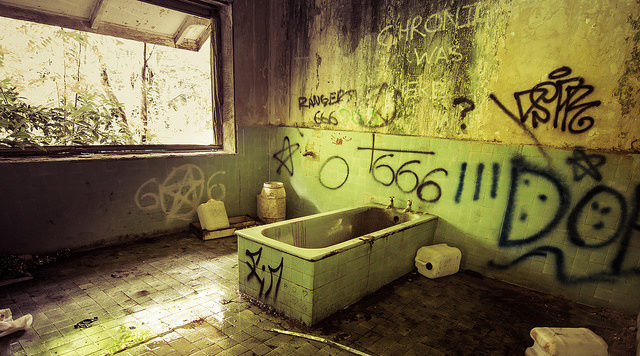
Given the fact that this man was a Sultan, John’s house was remodeled and became a palace and residence for – yet another unofficial title – The Father of Modern Johor. This house was also home to Sultana Fatimah bte Abdullah, the third wife of the Sultan.
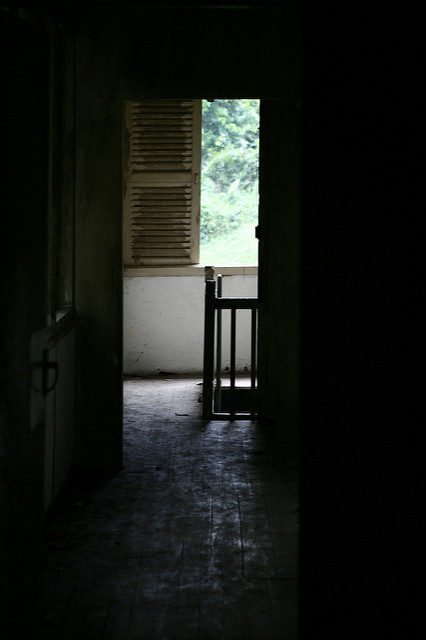
She was deemed responsible by the Sultan for everything that went in and around the house. She even set forth to create another home, another palace named Istana Tyersall. Her life ended before she could see this new gorgeous palace; Sultana Fatima died on February 25th, 1891 and the new estate was finished just a year after her death.
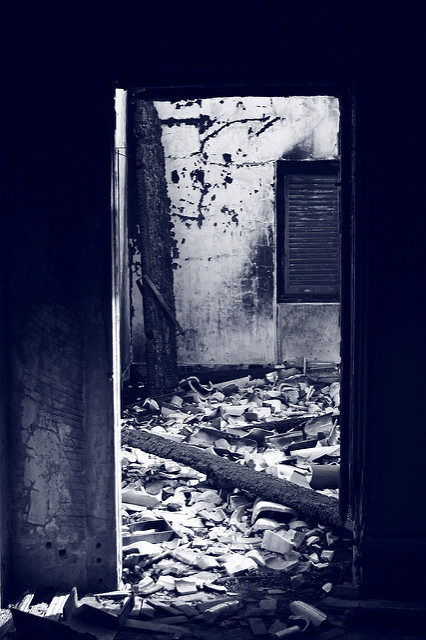
Now the Istana Woodneuk palace went to Sultana Khadijah, the fourth wife of Abu Bakar ibni Daing Ibrahim, following the will of the Sultan that he wrote on April 14th, 1895. The Sultan had passed away not long after that on June 4th, 1895. Sultana Khadijah continued to live in this house for another nine years until the day that she died, on February 1st, 1904. Since then, the palace went to the son of the former Sultan, Sultan Sir Ibrahim Al Masyhur Ibni Al-Marhum Sultan Abu Bakar Al-Khalil Ibrahim Shah, an Anglophile.
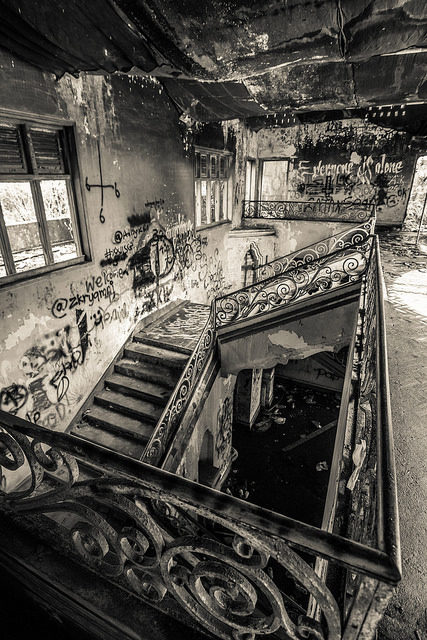
Following the opinion of a number of scholars, the old palace burned to the ground in a devastating fire in 1925. The Sultan than made it his priority to rebuild the palace and did so although it took him a full decade. The new palace was born in 1935 under a new name, Istana Wooden York. That very year, the Sultan celebrated his 40th year on the throne: he was 62. Here he lived with his wife, Sultanah Helen Ibrahim or Helen Bartholomew, for she was from Glasgow, Scotland.
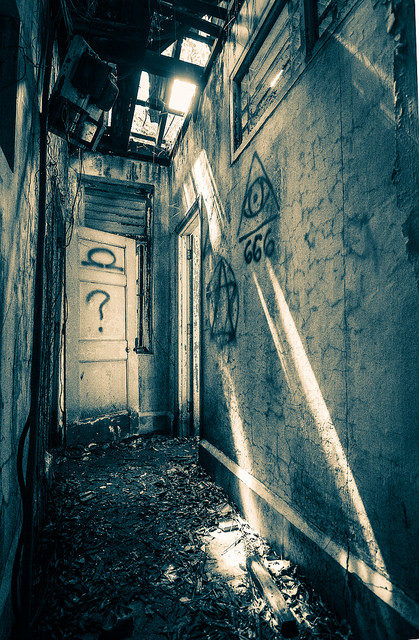
Following the approval of the Sultan, the estate was converted to a military camp and the Indian Troops were stationed here along with a number of heavy vehicles in preparation for the Second World War. Among other uses, the house also served as headquarters for General Bennett. It even served as a hospital from 1942 to 1945, at the time of the Japanese occupation of Singapore.
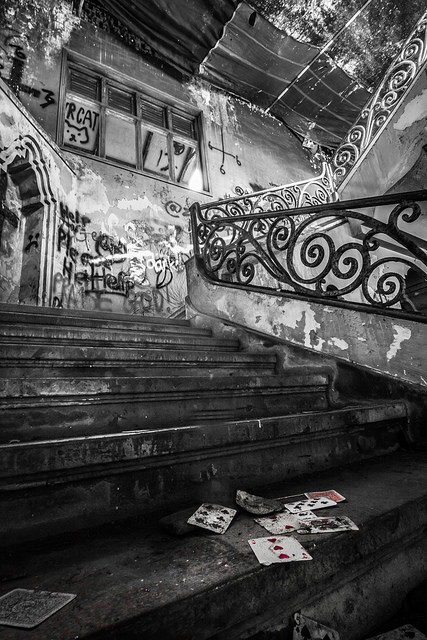
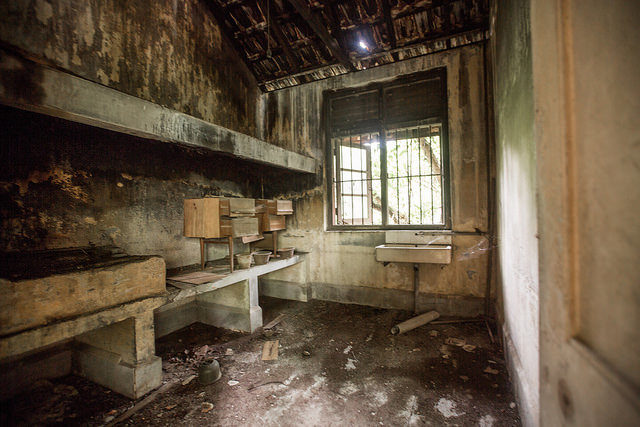
The history of the house, both royal and military, led a number of conspiracy theorists and independent researchers to develop a number of speculations, none of which has been officially confirmed. Rumors such as a heavy bombing that destroyed the house, killing hundreds in the process and leaving the estate abandoned.
After Singapore draw became a free country in 1945, the house remained in use for military purposes until it was returned to the Sultan in 1948.
The Sultan took care of the property until 1957, when a man was hired to continue to take care of the estate. Unfortunately, this man, Hj. Sulaiman, died in 2004 and since his death, the house has stood vacant and on the verge of being extinguished by the hand of time.
